Merchant Navy: Ranks, Departments and Duties
Table of contents
What is Merchant Navy?
The commercial sector of the marine industry is referred to as the Merchant Navy. The Merchant Navy is not involved in military duty, but rather in the transportation of freight and passengers through maritime routes on cargo ships, tankers, and cruise liners.
As much of the world’s trade between nations is still carried out via maritime trade routes, the maritime industry is at the heart of global connections and the economy.
Positions on commercial ships are normally divided into four Departments: the Deck Department / Navigation, the Engineering Department, the Electro-Technical Department, and the Stewards’ Department / Hospitality.
When joining the Merchant Navy, it is critical to understand each of these Departments and their primary roles.
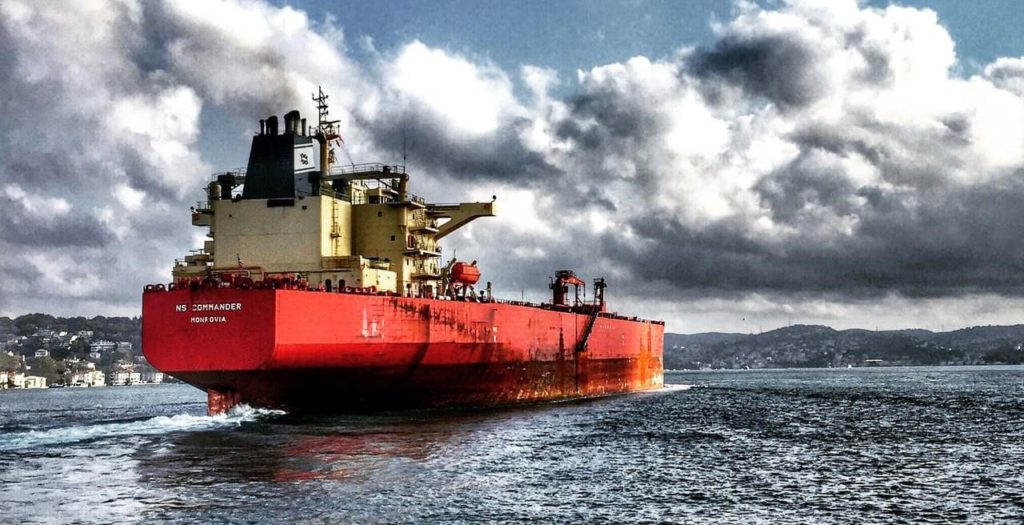
An outline of each Department and their tasks onboard a Merchant Navy vessel is described below.
Following are the three main Departments onboard a vessel:
- Deck Department
Deck Officers are in charge of the ship’s general operation, including navigation, communication, and crew management. On cargo ships, they would be in charge of the cargo, whilst on cruise ships, they would be in charge of the passengers and be engaged in onboard social activities.
- Engine Department
The Engineering Department is in charge of maintaining the machines that keep the ship moving, such as the propulsion machinery, engine room refrigeration units, ship air conditioning, and deck machinery. They keep an eye on all of these devices by maintaining a watch in the engine rooms and quickly correcting any problem that might develop, so that the ship continues on the critical travels, as required by the Merchant Navy.
- Catering Department
Stewards onboard ships are concerned with the other individuals on board, including passengers and staff. They are in charge of offering assistance for preparation and service of food, and maintenance of each aspect of dining and living quarters (including furniture and linens). Aboard passenger ships, they are the personnel that interact with the passengers and attend to their requirements.
There are several paths into stewardship, and this broad and diversified vocation lets you travel the world with little prerequisites.
1. Deck Department

The ranking system in the Deck Department is as follows:
- Captain / Master
- The Chief Officer / Chief Mate
- Second Officer / Second Mate
- Third Officer / Third Mate
- Junior Officer
- Deck Cadet
Deck Ratings or Ranks:
- Bosun
- Deck Fitter
- Able-Bodied Seaman (AB)
- Ordinary Seaman (OS)
- Trainee OS
2. Engine Department
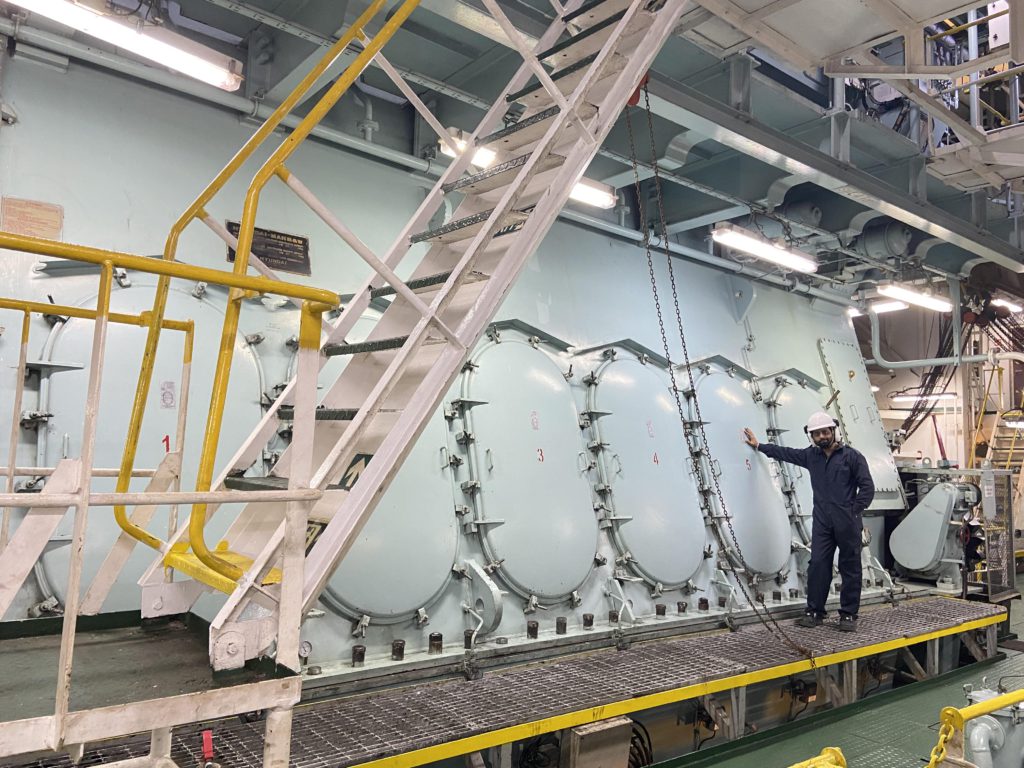
The ranking system in the Engine Department is as follows:
- The First / Chief Engineer
- Second Engineer
- Third Engineer
- Fourth Engineer
- Fifth Engineer
- TME (Trainee Marine Engineer)
- Electrical Officer (ETO)
Engine Ratings:
- Fitter
- Motorman
- Wiper
- Trainee Fitter / Trainee Wiper
3. Catering Department
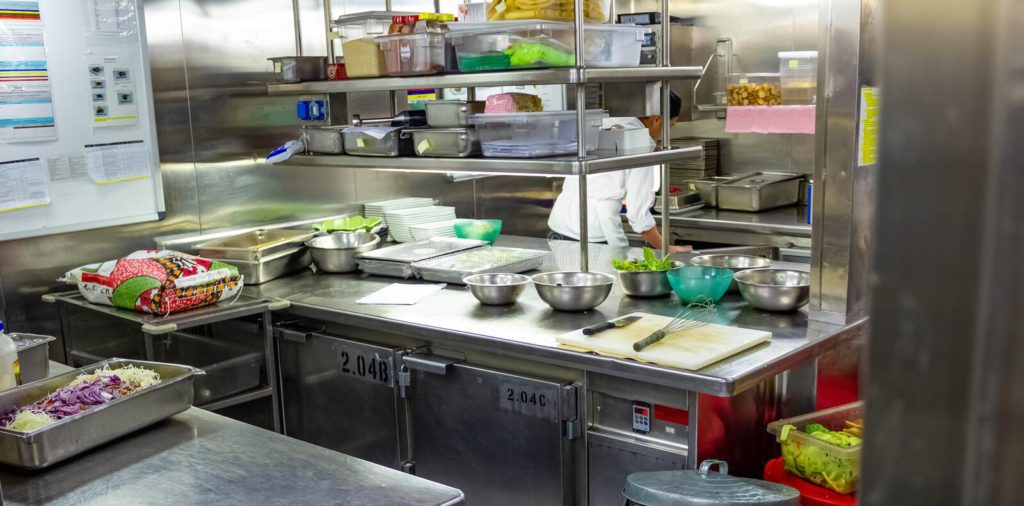
- Steward
- Trainee Cooks
- Chief Cook
Now let’s have a look on different jobs and responsibilities of different above mentioned ranks on board the ship:
Captain
Captains are in-charge of the overall functioning of a marine vessel, generally a ship. Their primary task is to guarantee that the vessel moves from point A to point B in a safe manner. They are professional navigators who direct the vessel’s course. Captains need also be conversant with the ship’s various equipment and be able to operate it successfully. They should be able to properly maintain the equipment on board as well as perform repairs. Captains are also in charge of their ship’s crew and are responsible for the crew’s overall performance. During their journey, they also oversee the money and other operations-related responsibilities. Captains must be able to communicate effectively, make quick-informed decisions, and navigate well.
Responsibilities of a Captain
- Evaluate reported cargo space faults and damage, as well as hatch covers and ballast tanks, and take appropriate action.
- Control sail adjustment, ship stability, and stress.
- Coordination of search and rescue efforts.
- Create emergency and damage control strategies, as well as deal with emergency circumstances.
- Establish watch-keeping procedures and arrangements.
- Lead and manage the crew of the ship.
- Maintain connection with appropriate coastal states in accordance with the nautical passage.
- Control the transport of risky items.
- Maneuver and control a ship in various weather situations.
- Compliance with statutory requirements and measures is monitored and controlled.
- Remotely control the propulsion plant, engineering systems, and services.
- Organize and manage the medical care provided on board ships.
- Plan a journey and navigate it.
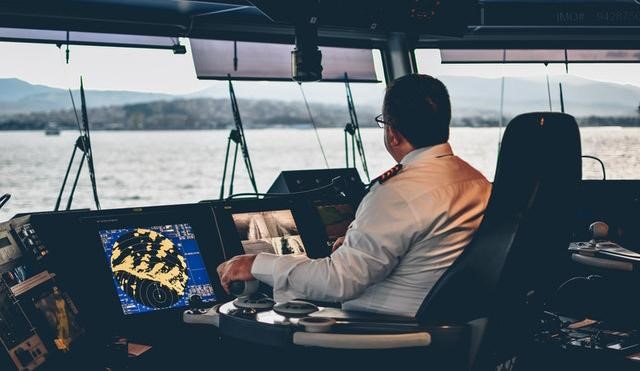
Chief Officer
- Chief Mates have a wide range of duties and responsibilities. Deck Department management, navigation watch-standing, cargo operations, safety and firefighting operations, environmental protection, and working as a vessel security officer and Medical Officer are common roles and responsibilities.
- Deck Department management responsibilities include ordering, personnel and purchasing budget management, personnel work/rest hours and watch schedule management, preventive maintenance schedule management, and maintenance project identification.
- Responsibilities for navigation watch-standing include voyage plan implementation, position charting, collision avoidance, traffic management, and emergency response.
- Cargo operation tasks include cargo loading, discharge, and stowage, ballast operations, cargo stability and management, cargo handling equipment maintenance, inspection, and certifications.
- Medical Officers are in charge of medical case response and administration, as well as medical supplies, inventory, and training the crew in first aid.
- Environmental protection responsibilities include the implementation, maintenance, training, and drilling of the Garbage Management Plan, Shipboard Oil Pollution Emergency Plan, Vessel General Permit, and other regulations.
- Safety and firefighting operational duties include the oversight of equipment maintenance, response competence, and crew training.
Second Officer
The Second Officer is the ship’s navigator and, on occasion, the Medical Officer. In addition, the Second Officer will support the Chief Officer. His responsibilities may include the following:
- Maintaining a navigation watch (from 1200 to 1600, and from 0000 to 0400).
- Corrections to chart and Navigational Publications.
- Creating a passage strategy.
- Typically serves as the designated Communication Officer.
- On-board maintenance of communication equipment, instrumentation, and replacement components.
- Maintaining all fundamental navigation equipment and instruments such as a magnetic compass, gyrocompasses, gyro repeaters, time changes, depth sounders, and a course log.
- Keeping stationery inventories up to date.
- Medical responsibilities, as well as additional responsibilities as assigned by the Master or Chief Officer.
- Any additional job assigned by the Master or Chief Officer.
Third Officer
Because he is in charge of the portable firefighting apparatus and life-saving appliances on board, the Third Officer (3/O) is sometimes referred to as the Ship Safety Officer. While the Third Officer assists the Second and Chief Officers in their tasks, the following are the major roles of the Third Officer in navigation, administration, and record keeping:
- Maintaining an 8-12 navigational watch.
- Overseeing the mooring and unmooring operations.
- Keeping cargo watch at port, aiding with cargo activities.
- Maintaining stability by ballasting and de-ballasting operations.
- Revision of the List of Lights and Radio Signals.
- Performing GMDSS daily, weekly, and monthly exams, as well as any related tests.
- Maintaining a record of all GMDSS testing and results.
- Upkeep and maintenance of all meteorological devices and reports.
- Upkeep and maintenance of any deck portable fire-fighting equipment and lifesaving appliances.
- Ensuring safety and security of the ship and personnel working under him.
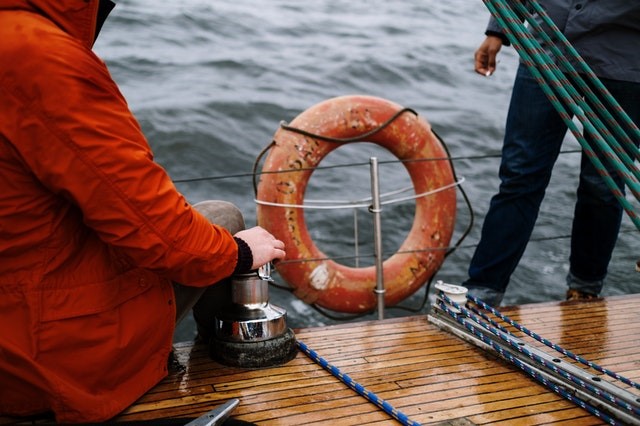
Deck Cadet
- Navigation Watch: Cadets are there to learn Navigation, hence this is their most crucial responsibility. Cadets often observe alongside the Chief Officer and learn all of the tasks of an Officer on Watch (OOW).
- Stenciling: Every deck cadet’s major responsibility on deck is stenciling. They are in charge of all the stenciling on deck.
- Tank Sounding: Cadets must manually take soundings of all tanks, which must be recorded daily in a log book.
- Deck Maintenance: Cadets often chip, paint, and collaborate with Pump-man on a variety of tasks such as valve overhauling, pipeline repair, pump maintenance, and so on.
- LSA/FFA: These are abbreviations for Life Saving Appliances and Fire Fighting Appliances. Maintenance of LSA/FFA is within the purview of the Third Officer, and cadets will assist him with this task. By the end of their cadetship, the cadet should be well familiar with all aspects of LSA/FFA maintenance.
- Paper Work: The Cadet must help the Chief Officer with nearly all of his Paper Work, such as maintaining records, logging soundings, and so on.
- Cargo Operation: This falls within the purview of the Chief Officer, and the cadet is responsible for assisting him by checking tank levels, doing cargo calculations, and gauging tanks, among other things.
- Port Watches: They must participate in ISPS (International Ship and Port Facility Security Code) and Cargo watch with other members. They will be watching port activity, passengers getting onboard, and logging their records in ISPS watch. Shipment watch will inspect the cargo to ensure that everything is in order. They will notify their superiors if they discover anything suspicious.
- Mooring Operation: Cadets must actively participate in mooring operations while being supervised by Deck Officers. When they advance to the rank of 3rd Officer, they will also be in control of the mooring operation.
- Project Work: While completing hands-on training, they should also be familiar with the theory and keep a record of every work they do. Ideally Chief Officer should give free time, for the cadet to complete the project work. Further, the Project Work is a a part of SSTP (Structured Shipboard Training Programme).
Chief Engineer
Responsibilities:
- The Chief Engineer’s major responsibility is to guarantee the safe and effective functioning of the Engine Department, as well as the correct maintenance of the vessel, plant, and equipment. Their tasks include, but are not limited to, maintaining operating standards and maintaining and repairing the hull, structure, and all mechanical and electrical equipment.
- His / her responsibilities include administering the Planned Maintenance System. The Chief Engineer is responsible for managing the SMS budget, including buying, and ensuring that all Departments maintain financial control.
- Furthermore, the Chief Engineer is in charge of all permanent and movable fire-fighting equipment.
- They are also in charge of planning and tracking the engine room crew’s working hours, as well as organizing the onboard safety training programme, along with the Chief Officer and the Safety Officer to tackle any emergency onboard.
- The Chief Engineer is in charge of maintaining technical operation records and files, as well as maintaining a suitable supply of bunkers and lubricants and ordering in accordance with Company Procedures. In collaboration with the Master / OIM, the Chief Engineer’s responsibilities also include the evaluation of reported nonconformity, necessary corrective actions, and verifications as required by OOS International’s Integrated Management System.

Second Engineer
- The major responsibility of the Second Engineer is to oversee the daily operation and maintenance of all machinery onboard, including the ballast system, plant, and fire-fighting equipment.
- The Second Engineer’s responsibilities include, but are not limited to, carrying out planned maintenance, supervising repairs, and advising the Chief Engineer on parts and consumables ordering.
- The Second Engineer is in charge of the planning and organization of the Engine room crew.
- During their watch, they are responsible for the Engine Department’s safety and integrity, as well as ensuring that all necessary protocols are followed.
- During their watch, they are responsible for the Engine Department’s safety and integrity, as well as ensuring that all necessary protocols are followed.
- Requests for trim modifications and routine tank level adjustments from the Deck Officer on duty should be treated benevolently and carried out if the Deck Officer is involved with other vital activities. Orders to operate the ballast system and register movements in the ballast log should be delivered by the Deck Officer on watch, who is responsible for the vessel’s stability.
- The Second Engineer is also accountable for reporting in accordance with the OOS International’s Integrated Management System.
Third Engineer
- Serves as the Second Engineer’s understudy;
- Maintains sea and port watchkeeping;
- Maintains the boiler and performs Cooler Water Tests;
- Monitors all pump lines, provision reefer, emergency pump lines, and ship’s spare and stocks;
- Responsible for the maintenance of the steam boiler and its related auxiliaries, refrigerating equipment, and other machinery as assigned by the Chief Engineer. Any fault noticed in the handling of the aforementioned equipment must be reported to the Chief Engineer.
- Manages fuel usage;
- Keeps the Engine Log Book and other engineering records; and H) Performs any other duties as assigned by the Second Engineer.
Fourth Engineer
When a 4th engineer joins a vessel, he or she should do the following duties:
- The first thing to do, when one joins as a relieving Fourth Engineer, is to report his/her presence aboard the vessel to the Chief Engineer. In case of an absence of Chief Engineer, he/she must report to the Second Engineer.
- The Fourth Engineer should take a thorough round of the engine Department with the signing off engineer and do a proper taking over of the duties.
- He should double-check the stock and placement of all purifier and compressor spares.
- He should double-check the inventory and positioning of pump spares and tools.
- He should double-check the operating hours and maintenance schedule of his assigned machinery.
- He should inspect the overall condition of the machinery as well as the unique operating procedures.
- Check the condition and configuration of the bunkering system, including valve functioning, tanks, and sounding pipe position.
- Check the condition and arrangement of the sludge and bilge discharge system, including valves and pump functioning.
- Check the daily consumption of lubrication oil, fuel oil, marine diesel or gas oil, and cylinder oil for daily record keeping in the sounding log.
The Fourth Engineer, in addition to being an in charge of the purifier, compressor, and machinery other than the primary engine, auxiliary engine, and boilers; is also responsible for the following:
- Keeping track of machinery running hours under his supervision; and
- Carrying out scheduled maintenance routines under the direction of the Chief or Second Engineer.
- Taking daily tank sounds of fuel oil, diesel oil, lube oil, and cylinder oil on board ship and preserving records.
- Maintaining a record of sludge and bilge on board.
- Assisting the Chief Engineer as an assistant in charge of bunker operations for fuel, diesel, and lubricant oil.
- Finishing the month-end formal paperwork for his assigned apparatus.
- Under the supervision of the Chief Engineer, ensure compliance with environmental policy and MARPOL regulations.
- Upkeep and maintenance of the engine room log book and other files on board as directed by the Chief Engineer.
Electro-Technical Officer (ETO)
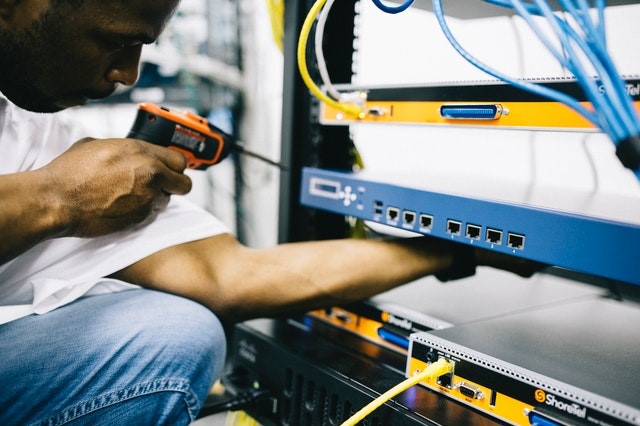
An Electro-Technical Officer is responsible for a variety of duties on board the ship, the majority of which are linked to electrical systems. As with other maritime occupations, as a ship officer managing electronics aboard a vessel, you would most likely report to a Chief Engineer who oversees everything on board. Your ship tasks would include the following when working under a Chief Engineer.
- Engine rooms, radio communications, electronic navigation necessities such as echo sounders, Gyro compass, Weather Fax, auto pilot, RADAR system, Broadcast and internal aerial system, telephone and call back system, and satellite communications
- Consider fundamental electrical requirements such as refrigeration, bridge systems, and control rooms.
- Upkeep of emergency systems, such as emergency switches, fire alarms, and detectors.
- Vessel’s electrical components, such as navigational lights, battery backups, and electrically operated propelling machinery;
- Help out the Chief Engineer in managing routine works related to electrical handling.
- Co-ordination with on-shore technicians.
- In case of an Emergency, an ETO’s role is as important as that of any other Officer. As such, one would be responsible for handling emergency situations and ensuring that the necessary safety equipment is always available.
- An electro technical officer investigates electrical and technical elements of a vessel. As a result, the operation of computer-controlled machinery would be overseen by an ETO. An electrical officer is crucial on cruise ships and passenger vessels, which have massive electrical requirements and autonomous technology to handle them. Everything on such vessels, from refrigeration to air conditioning, would be under your direction, as an Electro Technical Officer.
Disclaimer :- The opinions expressed in this article belong solely to the author and may not necessarily reflect those of Merchant Navy Decoded. We cannot guarantee the accuracy of the information provided and disclaim any responsibility for it. Data and visuals used are sourced from publicly available information and may not be authenticated by any regulatory body. Reviews and comments appearing on our blogs represent the opinions of individuals and do not necessarily reflect the views of Merchant Navy Decoded. We are not responsible for any loss or damage resulting from reliance on these reviews or comments.
Reproduction, copying, sharing, or use of the article or images in any form is strictly prohibited without prior permission from both the author and Merchant Navy Decoded.

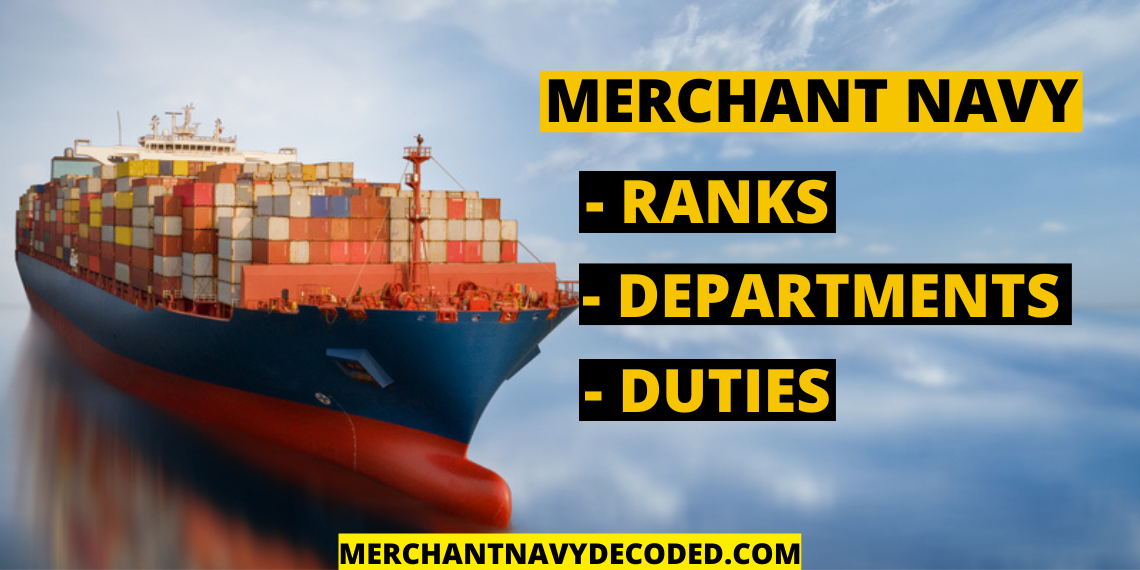


How to join deck cadget
Hi Jaydip, to join merchant navy as a deck cadet, you need to have more than 60% in PCM in class 12th. After which there is entrance and sponsorship exams about which we have a detailed free course that you can watch from our website.